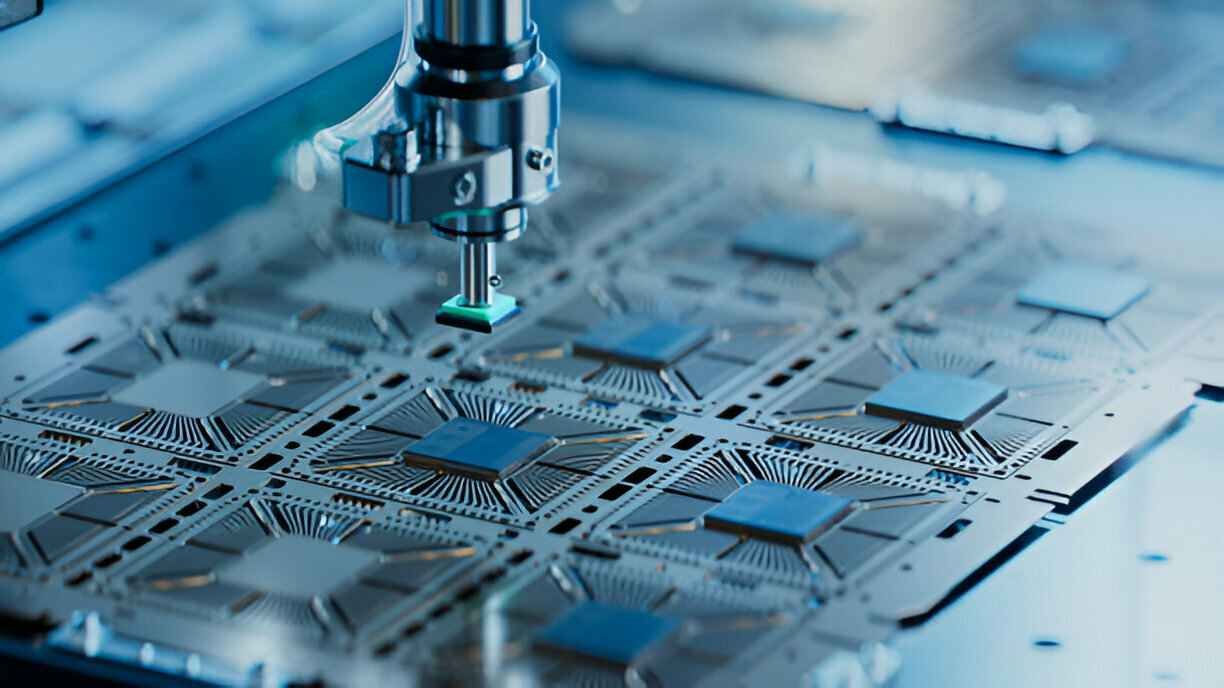Impressionism emerged in the mid-19th century as a revolutionary art movement in France. Rejecting the rigid rules of academic painting and Impressionist artists sought to capture the fleeting effects of light & atmosphere through their works. This departure from traditional techniques coincided with a period of rapid technological advancements & the introduction of New Technology and Materials which significantly influenced the development of Impressionist art.
In this exploration and we delve into how new technology & materials played a pivotal role in shaping the aesthetics and techniques of Impressionist artists and leading to a transformative period in art history.
Influence of Photography
One of the most notable technological advancements during the 19th century was the invention of photography. This revolutionary medium had a profound impact on the way artists approached their craft, particularly within the Impressionist movement.
a. Shift in Perspective
Photography introduced a new way of seeing the world. The ability to capture a moment in time with precision challenged artists to reconsider their approach to composition and perspective. Impressionists such as Claude Monet and Edgar Degas were intrigued by the photographic process and its ability to freeze moments of everyday life.
b. Emphasis on Light and Movement
The photographic lens influenced Impressionist artists to pay closer attention to the effects of light and movement. The transient nature of light became a central theme in many Impressionist paintings with artists experimenting with techniques to depict the subtle shifts in color and atmosphere.
c. Candid Portrayals
The candid and spontaneous nature of photography inspired Impressionists to capture moments of daily life with a sense of immediacy. This led to a departure from idealized portraits & historical scenes and focusing instead on ordinary subjects in natural settings.
New Technology and Materials in Paint and Pigments
Alongside technological innovations and the 19th century witnessed significant developments in paint & pigments and provided Impressionist artists with a wider range of colors & textures to explore in their works.
a. Introduction of Tube Paints
One of the key advancements for artists was the invention of paint in collapsible metal tubes. Prior to this artists had to mix their own paints using dry pigments which limited their ability to work outdoors or on location. The advent of tube paints allowed Impressionists the freedom to paint on plain air and capture the effects of natural light directly on the canvas.
b. Vibrant Color Palette
With the availability of new synthetic pigments, Impressionist artists embraced a vibrant & diverse color palette. Colors such as cobalt blue and cadmium yellow, & viridian green became synonymous with the movement, allowing artists to convey mood & atmosphere in their paintings with greater intensity.
c. Textural Experimentation
Impressionists were known for their innovative use of paint application techniques. Artists like Vincent van Gogh used thick impasto layers to create texture & depth, while others employed delicate brushwork to capture the fleeting qualities of light. These experiments with texture & application added a dynamic element to Impressionist works and enhancing their visual impact.
Impact of New Technology and Materials in Industrialization
The Industrial Revolution brought about sweeping changes in society and including urbanization and mechanization, & shifts in social dynamics. These changes found reflection in the works of Impressionist artists, who sought to capture the essence of a rapidly changing world.
a. Urban Landscapes
As cities expanded & industrialization progressed, Impressionists turned their attention to urban landscapes. Artists like Camille Pissarro and Gustave Caillebotte depicted bustling city scenes and capturing the interplay of light and shadow amidst modern architecture & bustling streets.
b. Transportation and Communication
Advancements in transportation and such as the steam engine & railways, transformed the way people traveled and communicated. This theme of movement and connectivity permeated Impressionist art and with depictions of trains, carriages, & bustling train stations becoming recurring motifs in paintings.
c. Social Changes
The social fabric of society underwent significant transformations during the 19th century. Impressionist artists, including Berthe Morisot & Mary Cassatt and explored themes of leisure and domesticity, and the changing roles of women in society. Their portrayals reflected the shifting norms & values of the time, offering a glimpse into the complexities of contemporary life.
Technological Innovations in Printing
The rise of lithography & color printing allowed for the mass production of images and making art more accessible to a broader audience.
a. Reproducibility of Art
Impressionist artists embraced the idea of reproducibility and recognizing that their works could reach a wider audience through prints & reproductions. This democratization of art challenged traditional notions of exclusivity, bringing art into the homes of ordinary people & influencing popular tastes and trends.
b. Influence on Art Criticism
The proliferation of printed images influenced art criticism & interpretation. Critics and scholars could now analyze & compare artworks in greater detail and contribute to the discourse surrounding Impressionism & its place within the broader context of art history.
Conclusion: Legacy of Impressionism
The confluence of new technology and materials with the creative vision of Impressionist artists resulted in a transformative period in art history. The movement’s emphasis on light, color, and atmosphere revolutionized artistic techniques & paved the way for modern art movements that followed.
Impressionism of legacy continues to resonate in contemporary art and serving as a testament to the enduring impact of innovation & experimentation in shaping artistic expression. By embracing new technologies & materials, Impressionist artists transcended traditional boundaries and leaving behind a rich artistic legacy that continues to inspire & captivate audiences worldwide.





